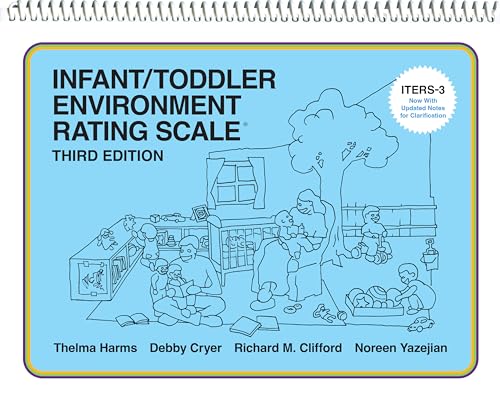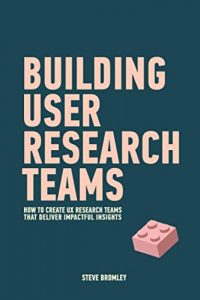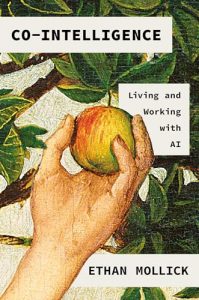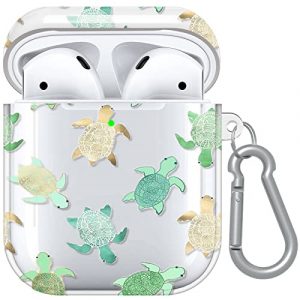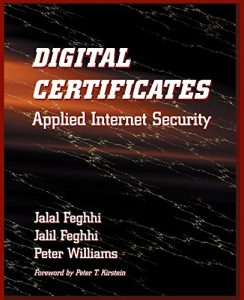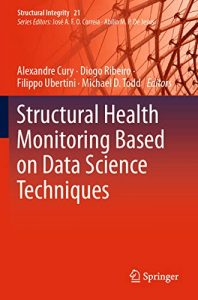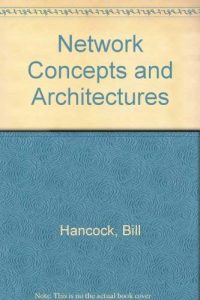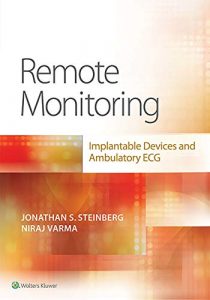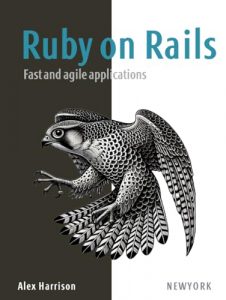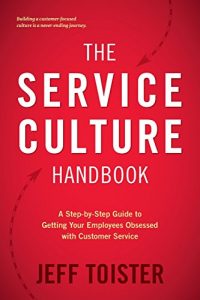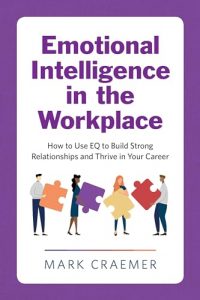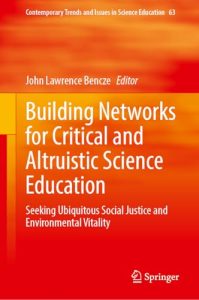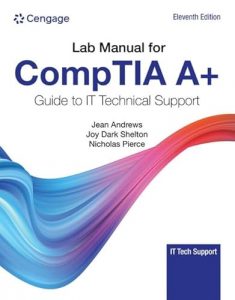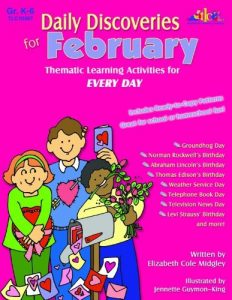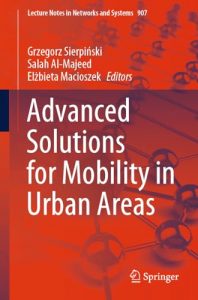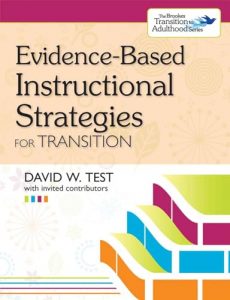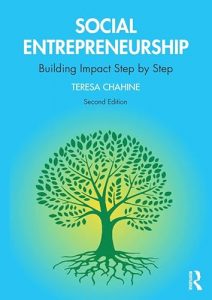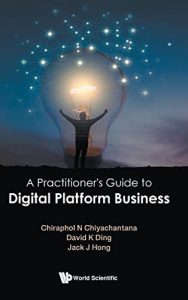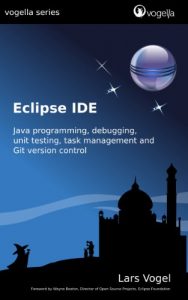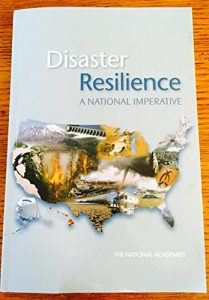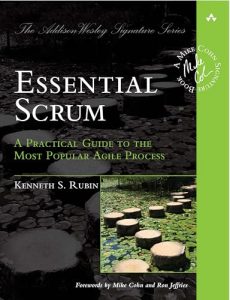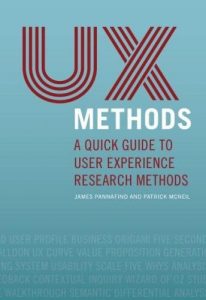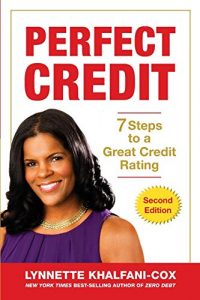1. Infant/Toddler Environment Rating Scale (ITERS-3)
Authored by the expert team of Thelma Harms, Debby Cryer, Richard M. Clifford, and Noreen Yazejian, the ITERS-3 is an essential book for anyone involved in early childhood education. This comprehensive scale provides educators with a framework to evaluate and improve the quality of environments for infants and toddlers. It’s a must-read because it blends theoretical knowledge with practical tools that can be applied directly to learning spaces. This book is designed to help educators understand the impact of environmental factors on developmental processes and outcomes. 
2. Early Childhood Environment Rating Scale (ECERS-R)
The Revised Edition of the ECERS-R, penned by Harms, Clifford, and Cryer, is another treasure for educators focusing on quality in early childhood settings. This book provides a reliable assessment tool to measure the quality of early childhood programs. Its detailed criteria and scoring system enable practitioners to pinpoint strengths and weaknesses in their environments and practices. It’s indispensable for fostering an atmosphere conducive to learning and development, guiding educators toward effective enhancements. 
3. 3D Game Environments
For a shift from the educational to the digital, Luke Ahearn’s “3D Game Environments” is vital for aspiring game developers. This book outlines the creation of immersive 3D game worlds, blending theory and practice beautifully. With hands-on projects, readers will learn about level design, environmental storytelling, and utilizing software tools effectively. It’s perfect for anyone looking to enter the field of game design and looking to build professional-grade games from scratch. 
4. Preschool Appropriate Practices
Authored by Janice Beaty, “Preschool Appropriate Practices” shines a light on the essential approaches to early childhood education. This book emphasizes curricula that are nurturing, responsive and developmentally appropriate, making it ideal for educators eager to create supportive learning atmospheres. By dissecting effective practices and suitable environments, it serves as a roadmap for practitioners dedicated to fostering children’s growth and learning. 
5. Creating Environments for Learning
Julie Bullard’s “Creating Environments for Learning” offers insights from birth to age eight, essential for educators aiming to design impactful and enriching spaces. The author combines theoretical foundations with practical strategies for effective environmental design. From setting up classrooms to understanding developmental milestones, this book empowers educators to create environments that stimulate engagement and foster learning. Every page is a step towards transformative educational practices. 
6. Human Behavior in the Social Environment
Anissa Rogers’ book provides compelling perspectives on human behavior across the lifespan. It’s crucial for educators seeking to understand the interplay between environment and social dynamics in developmental contexts. This book helps educators and social workers comprehend how different environments affect behavior, providing profound insights into the importance of quality interactions in educational settings. It’s a thought-provoking read promoting social consciousness and informed practices. 
7. Environment and Society: A Critical Introduction
This critical introduction by Robbins explores the intricate relationships between social structures and the environment. It’s ideal for educators and students interested in environmental education and social justice. The book critiques dominant narratives and offers a fresh framework to understand the influence of societal structures on ecological outcomes. It’s a necessary dive into critical thinking about the environmental factors surrounding education. 
8. Leadership in a Diverse and Multicultural Environment
Mary L. Connerley and Paul B. Pedersen’s book is a vital resource for educators leading diverse groups. It emphasizes developing awareness, skills, and knowledge necessary for effective leadership in multicultural settings. The insights presented in this book are imperative for navigating issues of equity and inclusivity, guiding leaders towards fostering diverse, enriching learning environments. This book arms educators with the tools they need to lead effectively in our global society. 
9. Building Your Mouseless Development Environment
Matthieu Cneude introduces readers to a new realm of program development with his guide on creating efficient development environments without a mouse. This is essential for software developers eager to enhance their coding speed and efficiency. The practical tips and strategies ensure that the reader can navigate development tasks solely through the keyboard, paving the way for a more focused and productive workflow. It’s a great exploration for anyone looking to improve their development processes. 
10. Making Space: Women and the Manmade Environment
This remarkable work by Matrix evaluates the relationship between women and the constructed environment. It’s a reflection on gender dynamics within social spaces, an essential read for educators, activists, and anyone interested in feminism and environmental justice. By addressing the challenges and experiences of women, it calls for a rethinking of the ways we design and interact with our environments. This book is a vital addition to the conversation about inclusivity in environmental design. 

